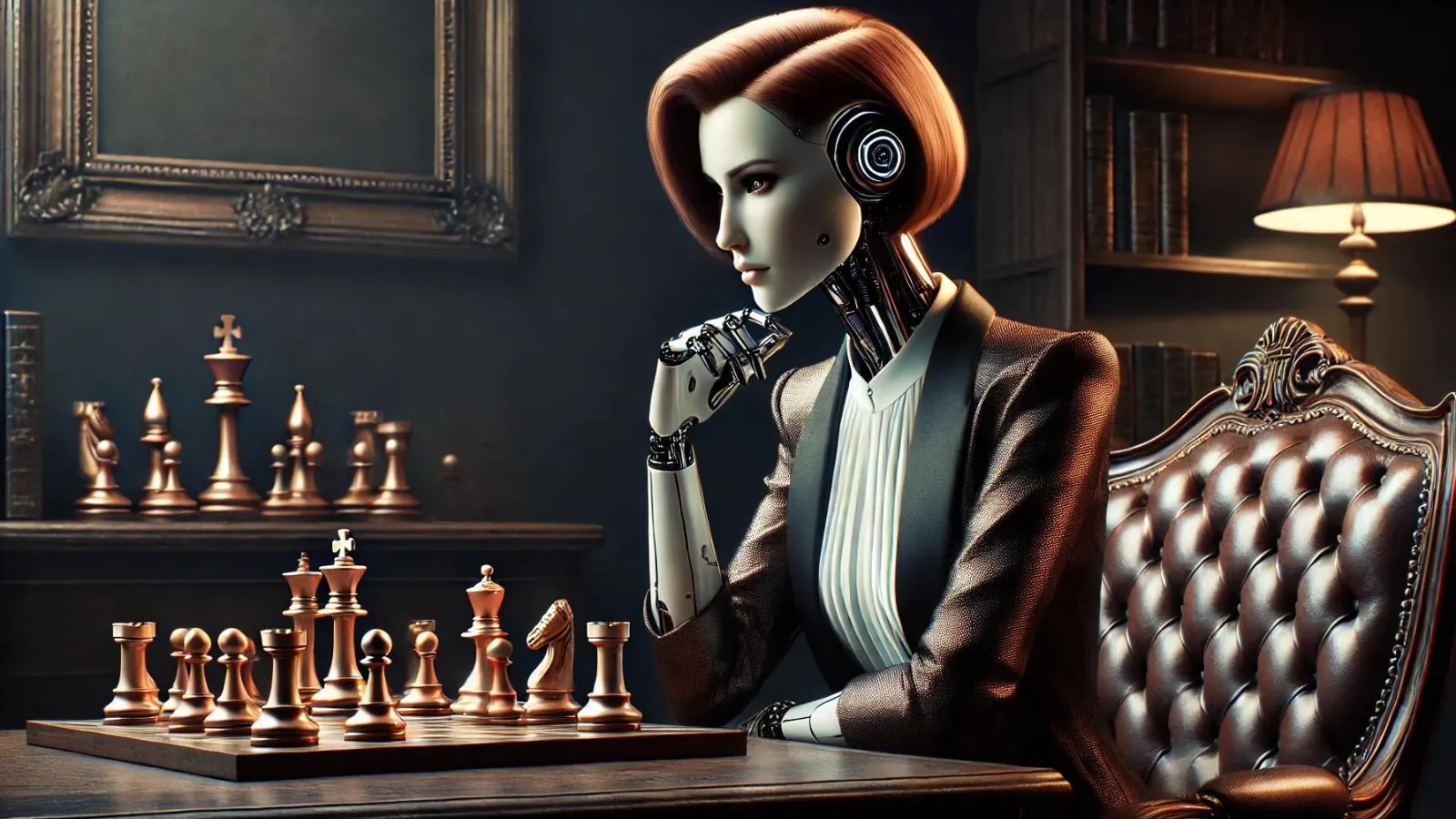Artificial intelligence has already proven that it can beat a human at chess, but can it do so with flair? A study out of the University of Toronto aims to answer this question, as they trained an AI model on a library of chess moves—so that it can identify "brilliant" moves that are unexpected, creative, and ultimately win games.
The AI “move brilliance” project began in November 2023 and was conducted by University of Toronto associate professor Michael Guerzhoy and University of Toronto student Kamron Zaidi as a part of his graduate thesis. The project used data from 8,574 games and 820 moves taken from lichess.org, an online chess website.
As Guerzhoy explained to Decrypt in an interview, the “move brilliance” project was inspired by Google Deepmind’s AlphaZero, a computer program that taught itself to play chess, shogi, and Go.
“The approach that was pioneered by Alpha Zero, and that's also taken by Leela and Maia, is using a neural network,” Professor Guerzhoy told Decrypt, noting that several positions were inputted in the network.
Neural networks are a type of computer program inspired by the human brain, consisting of layers of interconnected nodes that process information in a way that mimics a biological brain.
“The neural network is just a black box that predicts what's going to happen, and that works really well for us because we want the best possible position evaluation, and the neural network-based ones are very likely better,” Guerzhoy said.
Utilizing two open-source AI models, Leela Chess Zero and Maia, across 556 games and 158 studies, the study, Guerzhoy said, came back with 79% accuracy in identifying so-called brilliant moves.
“We have studied the perception of brilliance by anonymous Lichess users,” Zaidi and Guerzhoy wrote in the report. “Expert perception of brilliance might differ from perceptions of Lichess users, and experts and amateurs both can have different tastes within the groups as well.”
Of course, a brilliant move may only be as brilliant as its effectiveness in the final move. While the AI was able to complete the moves, Guerzhoy said the challenge of defining "brilliance" in chess, much like in art, is aligning it with public perception.
“I don't think there is a good philosophical definition of brilliance,” Guerzhoy told Decrypt. “People try to get a handle on it all the time—but I think at the end of the day, if your definition fails to conform to people's perceptions, then the problem is the definition.”
Referencing a 1977 study that explored chess aesthetics, Guerzhoy said that chess moves that defy the norms, like sacrificing pieces or using the weakest piece, often embody the subjective qualities of brilliance.
“Our hypothesis is more that you can actually look at the shape of how the game turns out,” he said. “And that will tell you whether a critical move was beautiful.”
Chess has seen a resurgence in popularity since the release of Netflix’s miniseries “The Queen’s Gambit” in 2020, even finding its way into the world of Bitcoin and blockchain.
In 2021, to coincide with the International Chess Federation World Championship, the International Chess Federation (FIDE) partnered with TON Labs to launch an NFT marketplace on the TON network. That same year, before the collapse of cryptocurrency exchange FTX, the fallen exchange hosted a chess tournament where the winner walked away with $84,000 worth of Bitcoin.
In 2023, Bitcoin-focused mobile payment firm Zebedee and mobile game studio Viker launched a play-to-earn Bitcoin Chess game. This past January, Anichess, an NFT game combining chess with magical elements, launched with support from grandmaster Magnus Carlsen and Chess.com.
Edited by Andrew Hayward

